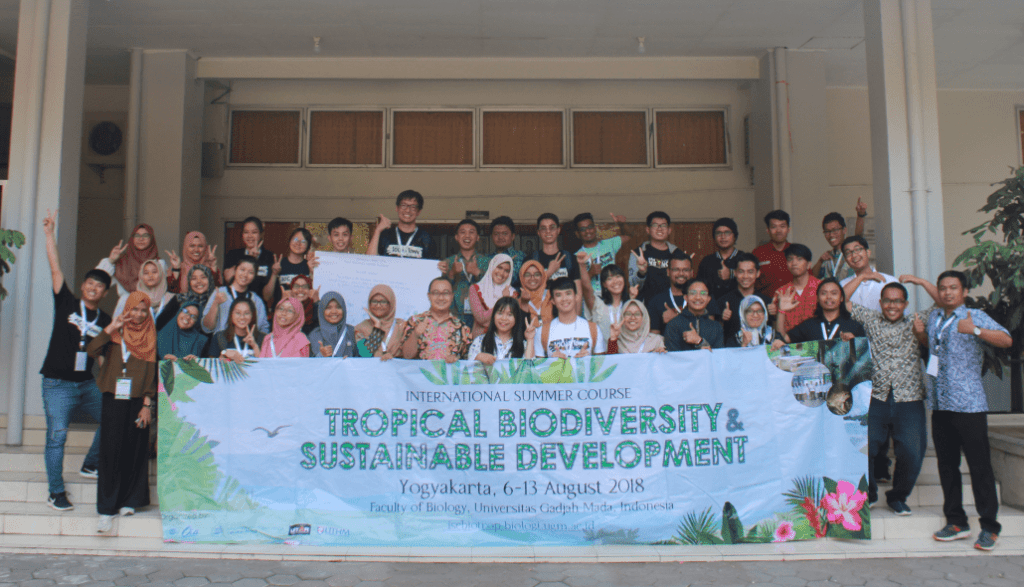
Southeast Asian Tropical Biology Ecosystem is the mega biodiversity center of many plants, animals, and other exotic species. This ecosystem also plays an important role to sustain economical needs for the livelihood of the people living in the area. Nevertheless, population growth and human activities, land degeneration, deforestation, climate change, and unsustainable economic policy threaten the biodiversity and the function of the tropical ecosystem to sustain livelihoods.
The ASEAN Biodiversity and Conservation Network aims to achieve sustainable tropical biology development through an integrated approach and international collaboration. Therefore, this summer course is designed to improve sustainable development literacy and its importance to the conservation of tropical biodiversity in Southeast Asia.
In this trans-disciplinary lecture, participants will learn about tropical biodiversity; integrated approaches and methods in conservation; Sustainable Development Goals, policies, and agendas that influence the sustainability of tropical biodiversity.
With objectives from this course are:
- TRANSFORMATIVE AND TRANSDISCIPLINARY LEARNING
To provide a transformative learning experience of tropical biodiversity and sustainable development and its current issues - CREATE CHANGEMAKERS
To create changemakers that are passionate and motivated in making initiatives on tropical biodiversity research and sustainable development - NETWORKING AND SHARING
To strengthen the network and to share the good practices as well as experiences in managing and implementing SDGs on tropical biodiversity and sustainable development.
Outcomes expected from this course are:
- COMPREHENSIVE UNDERSTANDING
Explain the importance of maintaining the tropical biology ecosystem and how to sustainably manage this resource. - UNDERSTANDING THE METHODS
Demonstrate skills to monitor and assess tropical biodiversity and its environmental parameters. - POLICY AND IMPLEMENTATION
Propose solutions to address complex issues in tropical biodiversity conservation (e.g., oil palm industry, illegal mining, poverty, sustainable livelihood, etc.)
![]()
![]()
![]()

